Our Story
In response to a petition to organize a church in the Wabash area, a committee appointed by the Presbytery of Olympia met at the Wabash school house at 3:00 PM on November 10, 1907 to charter a new church. There were thirteen charter members of the fledgling congregation. Eight additional members were added the following year.
During the winter of 1911-1912 Rev. Cowden, an evangelist, held a series of revival meetings in the school house. At his urging, the congregation decided to erect their own church building. Jake Jones donated a small plot of ground in the Newaukum district, several miles northwest of the original Wabash school, on what is now known as 384th. At that time, it was the only road between Auburn and Enumclaw. All the labor and most of the materials were donated by members. Construction stated in November, 1911 and was completed in May, 1912. The new building was not furnished or painted until September, 1912. After moving to the new location some suggested that the name be changed to Newaukum, but this was rejected.
Services were held in the afternoons for decades. The youth met for Christian Endeavor on Sunday evenings. People came by buggy and on horseback. There was a stable and outhouse behind the sanctuary. Pastors usually came from the Presbyterian churches in Enumclaw or Auburn. Occasionally, pastors from Black Diamond or student pastors from Seattle would fill the pulpit. Wabash was transferred from the Olympia Presbytery to the Seattle Presbytery in 1914.
Life was, of course, much simpler in those early days. Most of the families lived on small farms. Everyone had large gardens and at least one milk cow. The local dairies sent their wagons or trucks out on the unpaved roads each morning to collect milk from cans set beside the road for collection.
Everybody knew each other. Several of the larger families in the area became related by marriage. Sunday morning was a family gathering for many in the community. After a phone system was installed, people could call each other. How you cranked the phone determined who you called. But it really did not matter who you called, because everyone listened to the conversations. It was the first Wabash Wire (the title of our newsletter). Secrets were rare.
Children have always been a very important part of Wabash. Because of this, Sunday School rooms were added to the sides of the sanctuary in the winter and spring of 1948-49. They were dedicated to Mr. Fred Garrett, the Sunday School Superintendent, on June 5, 1949. A well and running water was added in the late fifties.
Over the years, a Sunday routine emerged. After the cows were milked and the chores were completed, the members gathered for Sunday School and then worship. Kids used to fight over whose turn it was to ring the large church bell before Sunday services. The service would begin when a small hand-held bell was rung. Then birthdays would be acknowledged as the birthday person would rise and put one penny in a jar for every year they had lived while the congregation counted. A pot-bellied stove kept the front of the room uncomfortably warm while those seated in the rear shivered on cold days.
A 1958 newspaper article reports that there were 33 adult members, but attendance fluctuated between 16 and 112, depending on the season. Sunday school attendance usually exceeded worship attendance.
Wabash struggled during the 1960’s. By 1970, our membership had declined to 18. In 1972, there were only 11 members. Survival became the primary issue. On some Sundays, there would be less than ten people in attendance. But a small group of women refused to give up and began to faithfully pray for the future of Wabash.
Slowly, the little country church began to experience new life. In 1977, Rex Bell became the first installed, full-time pastor in the history of Wabash. Under his leadership, God brought explosive growth for the next 15 years. Additional space was soon needed. Members built Garrett Hall in 1983 and then remodeled the old sanctuary. An adjacent pig farm was purchased. The farm house was remodeled to house the church offices and the new Plateau Professional Counseling Center. We were known as “the little church in the country with a whole lot of love.” The expanding ministry also led to an expanded staff. So in 1987, Mark Patterson was called to be our first Associate Pastor.
Pastor Bell left Wabash in 1993. Construction began on the new sanctuary building later that year. We moved into the new building (without any debt) on Palm Sunday, April 9, 1995. Don Waite accepted the call to become the second full-time Senior Pastor three weeks later. Pastor Mark left in August of that same year.
Eventually Wabash was given Interim Pastors Ron McHattie and Will Mason, and then Pastor George Dakin took the position as Designated Pastor in April of 2010. Through all the changes and challenges of the last one hundred plus years, the Lord has been faithful to this old Washington church.
Wabash Church is proud to be a member of the Evangelical Presbyterian Church (EPC) denomination.


